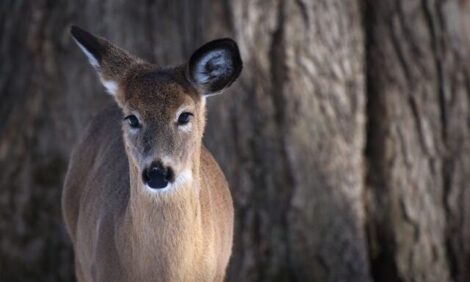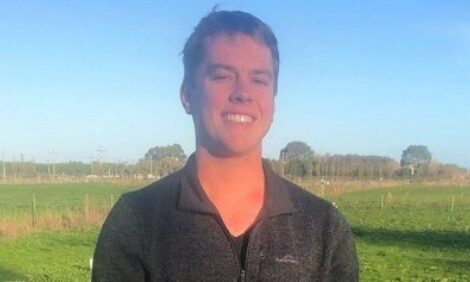



DNA Parentage Testing in Cattle: a Good Investment
Every cow-calf producer likes to believe that his herd bulls are top notch animals and that they’re all pulling their weight in terms of siring calves, but in reality there is a lot of variation, writes Angela Lovell.That is why DNA parenting testing can be a good investment, said Kathy Larson, Beef Economist with the Western Beef Development Centre (WBDB) in Humboldt, Saskatchewan.
“You want the best calves from the best cows and bulls and parentage testing can help identify who those are,” she said.
Parentage Study Shows Lots of Variance
Ms Larson discovered some interesting things about the bulls in the WBDC’s herd when it did a parentage study of its fall 2014 steer calf crop. The study involved taking tail hair samples from 181 calves and 18 potential sires. The average breeding season in the six breeding fields was 63 days and the cow to bull ration was 25 to one.
*
How to take a DNA SampleProducers can provide samples for DNA testing from a number of sources including semen straws, whole blood, ear notches and tail hair samples. For most producers a tail hair sample is the easiest to take and package for submitting to the testing laboratory. They should pull hairs from the switch of the tail and store each sample in a separate paper envelope.
“The most interesting statistic was number of steers sired by each bull,” said Ms Larson, who presented the results in a webinar on November 3.
“Some bulls went over our expectation and other bulls didn’t even come close. One bull sired 29 calves and others sired none. There was lots of variation across the bulls and the breeding fields.”
A lot of producers believe that the more they pay for a bull the better quality he’ll be, but that wasn’t the case at WBDC when Ms Larson plotted the results by purchase price of their bulls. “The general rule of thumb is you want 25 females serviced per bull but we had very few bulls at that range or above it,” she said.
Plotting by age also showed there was huge variation in the quality of the bulls.
“We had yearling bulls that sired one calf, and with the two year olds we had some that sired none to others that sired over 20 steers, and the same for the three year olds, with one bull that sired no calves and another sired close to 30,” said Ms Larson.
“We wouldn’t have known this information if we hadn’t done the study. We just assumed when we put the bulls out there that they were all going to do an equal amount of work and it certainly shows that’s not the case.”
Ms Larson also charted the average birth weight, average weaning weight and average gain per day of each calf for each bull.
“Because we are collecting a lot of semen specific information and slotting in the genotypic information we can get a table that helps us to make selections about bulls to keep, look for brothers of, or possibly cull,” she said.
Purebred breeders are required to prove parentage by their breed associations and so are more familiar with DNA parentage testing than most commercial cow-calf producers, but Ms Larson believes there is a lot of value for all cattle producers in finding out which bulls are performing the best.
“Especially in these high price times, it makes sense to want to choose replacements from the sires whose lineage you want to have in your operation,” she said.
“Progeny from a sire can impact your herd for 10 to 25 years. Developing replacement heifers costs close to $2000, and maintaining a herd sire costs around $1800 per year.
"At 25 females serviced the average cost per female bred would be $72. But if that bull only sires ten calves the cost is $180 per female. Parentage test is $12 to $20 per animal, which is a small price to pay for such a long term investment.”


